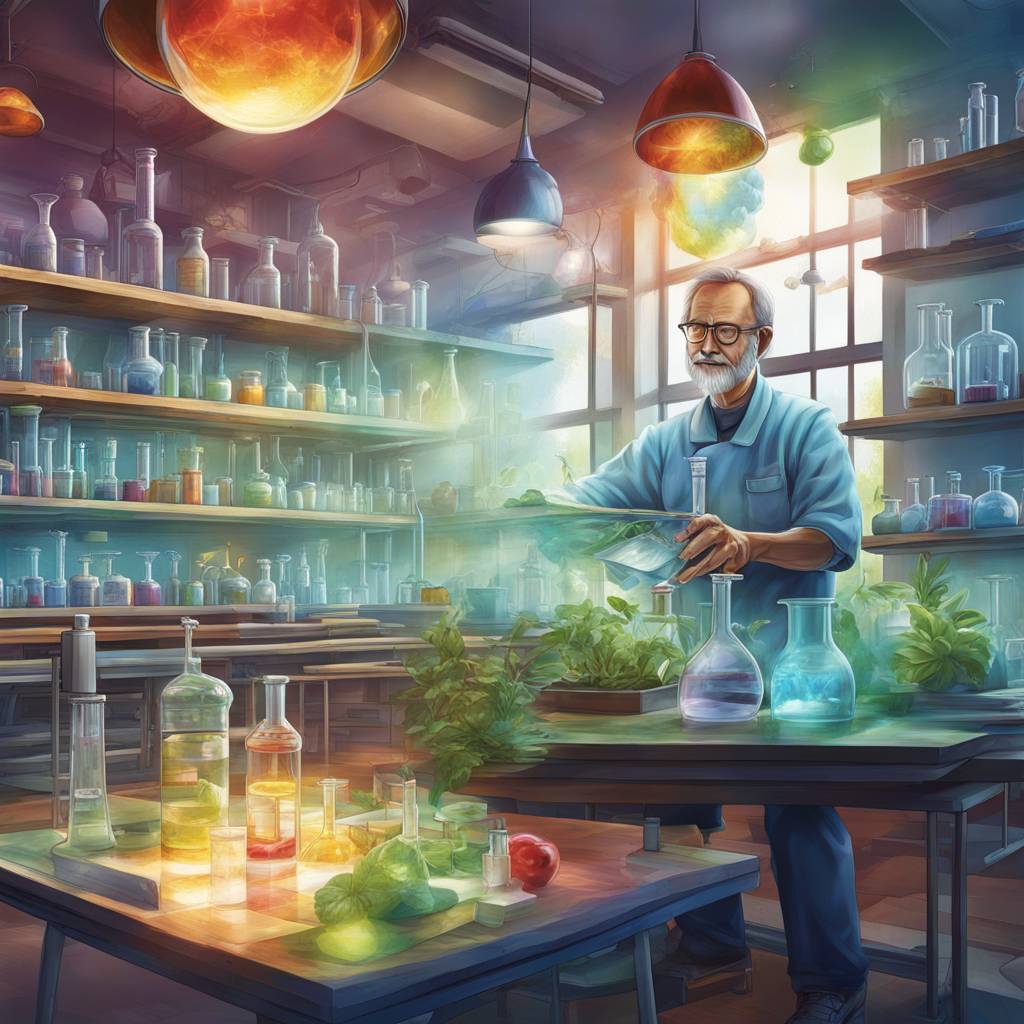Researchers at the University of Helsinki have made a breakthrough in sustainable molecular transformations by developing materials and processes that can leverage the power of visible light to drive chemical processes more efficiently. Led by Professor Pedro Camargo, their work, published in ACS Applied Materials and Interfaces, offers a greener alternative to traditional methods of producing essential chemicals and fuels. The team focused on overcoming barriers such as cost and scalability by using materials readily available on Earth in significant quantities, such as HxMoO3 and palladium, in a solventless mechanochemical synthesis technique.
Their research explores the impact of shining specific wavelengths of visible light on their catalyst, which led to a significant increase in its performance. By using two wavelengths of light concurrently, they achieved a remarkable 110% increase in reaction efficiency. This was attributed to the optimized generation of energetic electrons at catalytic sites, representing a significant advancement in sustainable catalysis. The team identified the synergistic effects of HxMoO3 band gap excitation, Pd interband transitions, and HxMoO3 localized surface plasmon resonance, which led to enhanced catalytic performance.
Professor Camargo believes that their work is a major step towards making chemical processes more sustainable by utilizing light as an energy source, potentially revolutionizing the production of vital chemicals and reducing the reliance on fossil fuels and harsh industrial conditions. This research has vast applications in cleaner fuel production and manufacturing essential materials with less environmental impact. It offers hope for a greener, more sustainable future as society seeks to combat climate change and transition towards renewable energy sources.
The team’s focus on materials that are abundant on Earth and their innovative use of visible light for catalysis represent a significant contribution to sustainable chemistry. By harnessing the power of light, they have opened up new possibilities for greener chemical processes that could have wide-ranging applications in various industries. Their work not only offers a more environmentally friendly approach to essential chemical production but also paves the way for a more sustainable future by reducing reliance on fossil fuels and minimizing the environmental impact of manufacturing processes.
The development of more efficient and cost-effective catalytic processes driven by visible light represents a crucial advancement in the field of sustainable chemistry. By optimizing the generation of energetic electrons at catalytic sites, the team has demonstrated the potential for significant enhancements in reaction efficiency. Their research has the potential to revolutionize how vital chemicals are produced and pave the way for a greener future for chemical industries, reducing the reliance on fossil fuels and transitioning towards more sustainable practices. The implications of their work extend beyond the laboratory, offering hope for a cleaner and more sustainable future as society continues to address pressing environmental challenges.













